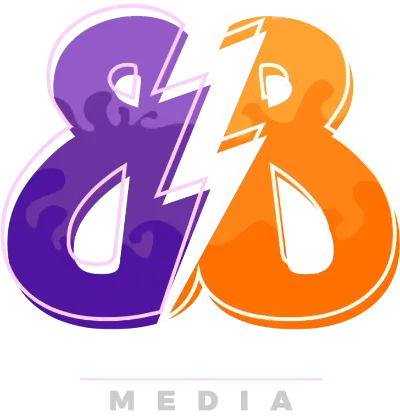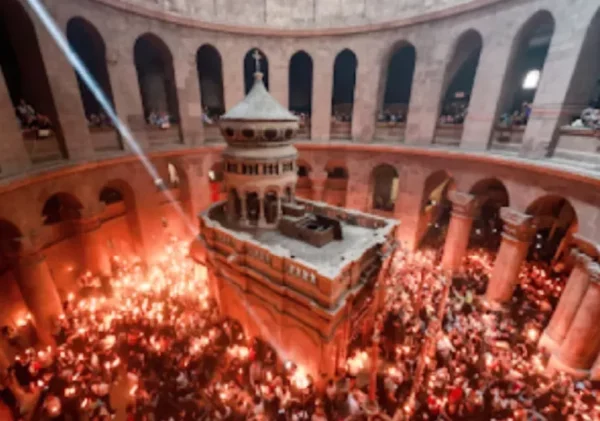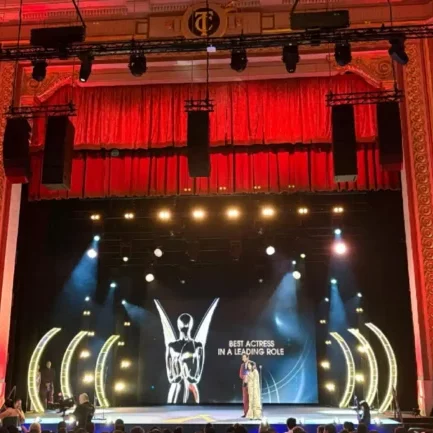Unveiling the Mystery of the 24 Elders in the Bible: A Symbol of Heavenly Authority and Worship
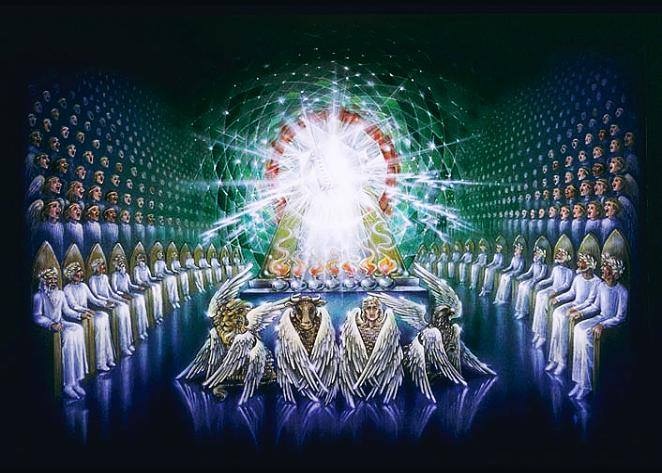
SHARE
In the intricate tapestry of biblical imagery, the enigmatic presence of the 24 elders stands as a captivating mystery, inviting contemplation and interpretation. Mentioned in the Book of Revelation, these figures hold a significant place within Christian theology and eschatology, serving as symbols of heavenly authority, worship, and divine order.
The portrayal of the 24 elders appears primarily in Revelation, the final book of the New Testament, attributed to the apostle John. Their introduction occurs in Revelation 4:4, where John describes a vision of heaven’s throne room, stating, “Surrounding the throne were twenty-four other thrones, and seated on them were twenty-four elders.”
The identity of these elders has spurred speculation and debate throughout the centuries among theologians, scholars, and believers. Various interpretations have been proposed, ranging from representing the twelve tribes of Israel and the twelve apostles to symbolizing angelic beings or even celestial representatives of redeemed humanity. However, one prevailing view among many scholars is that they symbolize the redeemed people of God, representing the continuity between Old and New Testament believers.
The number 24 itself holds symbolic significance in Jewish tradition, representing the 24 courses of priests who served in the temple (1 Chronicles 24:7-18). This connection suggests a link between the elders and the priesthood, emphasizing their role in worship and intercession before God.
Another key aspect of the 24 elders’ depiction is their posture of worship and reverence before the throne of God. Revelation 4:10-11 describes them falling down before the throne, casting their crowns before the Almighty, and proclaiming His worthiness to receive glory, honor, and power. This imagery underscores the central theme of worship in the book of Revelation and emphasizes the eternal sovereignty of God over all creation.
Furthermore, the participation of the elders in heavenly worship points to their intimate relationship with God and their role as mediators between heaven and earth. Their presence symbolizes the unity of the heavenly and earthly realms, as well as the culmination of God’s redemptive plan for humanity.
The imagery of the elders also highlights the theme of judgment and reward. In Revelation 5:8-10, they are depicted as holding golden bowls full of incense, which are the prayers of God’s people. This imagery suggests their intercessory role on behalf of believers and implies their involvement in the divine judgment and the distribution of rewards to the faithful.
Throughout Revelation, the 24 elders continue to play a significant role in John’s vision of the end times, offering insight into the heavenly realities and the unfolding of God’s plan for redemption and restoration. Their presence serves as a reminder of the ultimate triumph of God’s kingdom over the forces of evil and the assurance of eternal life for those who remain faithful to Him.
In conclusion, the 24 elders in the Bible represent a rich tapestry of symbolism, embodying themes of worship, redemption, and divine authority. While their precise identity may remain shrouded in mystery, their significance within the biblical narrative is clear: they stand as witnesses to the glory of God and the fulfillment of His promises to His people. As we contemplate their imagery, may we be drawn closer to the heart of worship and the hope of our eternal inheritance in Christ.
*Cover Photo/Thumbnail Photo: Facebook (24 Elders)
RELATED ARTICLES
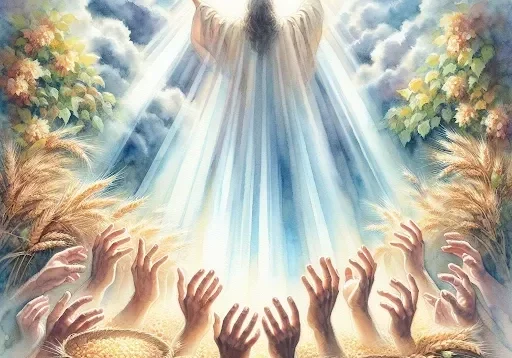
I’m a Christian and I Got No Startup Money!
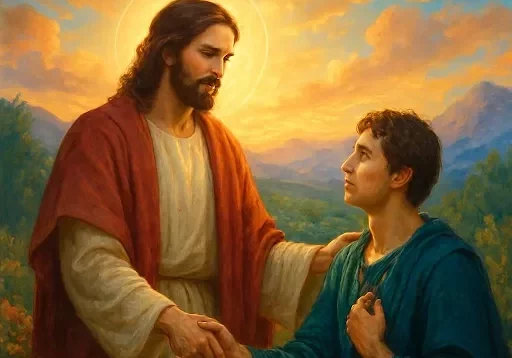
Tempted to Abandon My Calling
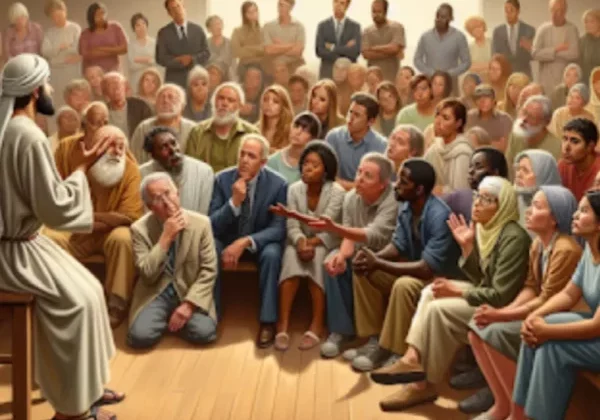
A Christian’s Call to Wise Listening

